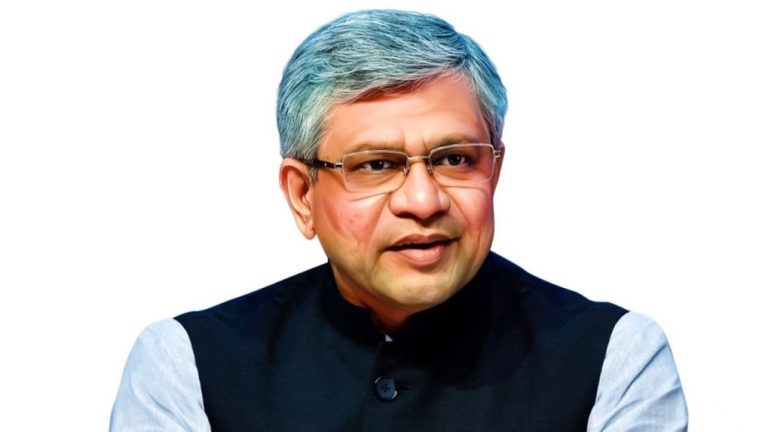India Launches ‘Operation Sindoor’: A Concerted Effort to Combat Disinformation and Safeguard National Security
New Delhi – In a decisive move to counter the proliferation of fake news, misinformation, and hostile propaganda, the Indian government recently executed “Operation Sindoor,” a comprehensive digital and media surveillance strategy aimed at protecting national security during a sensitive military operation. The operation, which unfolded amidst heightened information warfare originating primarily from sources outside India, resulted in the blocking of over 1,400 URLs linked to the spread of malicious content. This information was revealed by Union Minister for Electronics & IT, Railways and I&B, Ashwini Vaishnaw, during a Lok Sabha session on July 30th.
The operation was launched in response to a surge in disinformation campaigns targeting India’s security apparatus, particularly in connection with Operation Sindoor and the Pahalgam terror attack. These campaigns, largely orchestrated from Pakistan-based digital handles, disseminated false and misleading narratives, communally sensitive posts, and inciteful material aimed at undermining the Indian Armed Forces. The government’s response was swift and multifaceted, encompassing a range of measures designed to neutralize the threat and ensure the integrity of information disseminated to the public.
Central to the operation was the utilization of Section 69A of the Information Technology Act, 2000, which empowers the government to block websites, social media accounts, and individual posts deemed detrimental to national security, sovereignty, and public order. This legal framework provided the necessary authority to dismantle the online infrastructure supporting the disinformation campaigns, effectively silencing malicious actors and curbing the spread of their harmful content. Mr. Vaishnaw emphasized the government’s commitment to upholding these fundamental principles in the face of evolving digital threats.
Complementing the blocking of malicious content was a proactive strategy of information dissemination aimed at preemptively countering false narratives. The government conducted regular media briefings, providing operational updates and satellite imagery to ensure accurate and credible information reached the public. These briefings served as an essential counterpoint to the fabricated stories and manipulated visuals circulating online, fostering trust in official sources and reinforcing the government’s narrative.
To further enhance its information management capabilities, a centralized 24×7 control room was established during Operation Sindoor. This control room facilitated real-time coordination between various stakeholders, including the Indian Army, Navy, Air Force, Press Information Bureau (PIB), and diverse media units. This streamlined communication network enabled swift and coordinated responses to emerging disinformation threats, minimizing their impact and maintaining public confidence.
At the heart of the government’s disinformation response was the PIB’s Fact Check Unit. This dedicated team worked around the clock to monitor digital platforms, identify and debunk edited visuals, manipulated narratives, and propaganda campaigns designed to sow discord and undermine India’s security. The fact-checks were promptly shared with intermediaries and social media platforms, urging them to take corrective action and remove the misleading content from their platforms. This collaborative approach aimed to hold social media companies accountable for the content shared on their platforms and prevent the further spread of disinformation.
In addition to these measures, the Ministry of Information and Broadcasting (MIB) issued an advisory on April 26, 2025, urging media outlets to refrain from broadcasting live coverage of defense operations and troop movements. This precautionary measure was designed to prevent operational leaks that could compromise national security and endanger the lives of security personnel. The advisory underscored the government’s commitment to responsible information management and its prioritization of operational security.
The government’s decisive response through Operation Sindoor reflects a broader shift toward proactive information governance, particularly during national security crises. As digital misinformation continues to evolve as a potent threat, India’s robust strategy serves as a model for other nations grappling with similar challenges. By combining legal frameworks, proactive information dissemination, streamlined coordination, and fact-checking initiatives, the government successfully neutralized a significant disinformation campaign and protected its national interests. This demonstrates a commitment to defending the integrity of its information space and safeguarding its citizens from the manipulative tactics of hostile actors. The operation highlights the increasing importance of information warfare in the modern era and the need for governments to develop sophisticated strategies to counter it. By taking decisive action and leveraging available tools and resources, India has set a precedent for effectively combating disinformation and protecting its national security in the digital age. The success of Operation Sindoor underscores the need for ongoing vigilance and a proactive approach to information management in an increasingly complex and interconnected world.


